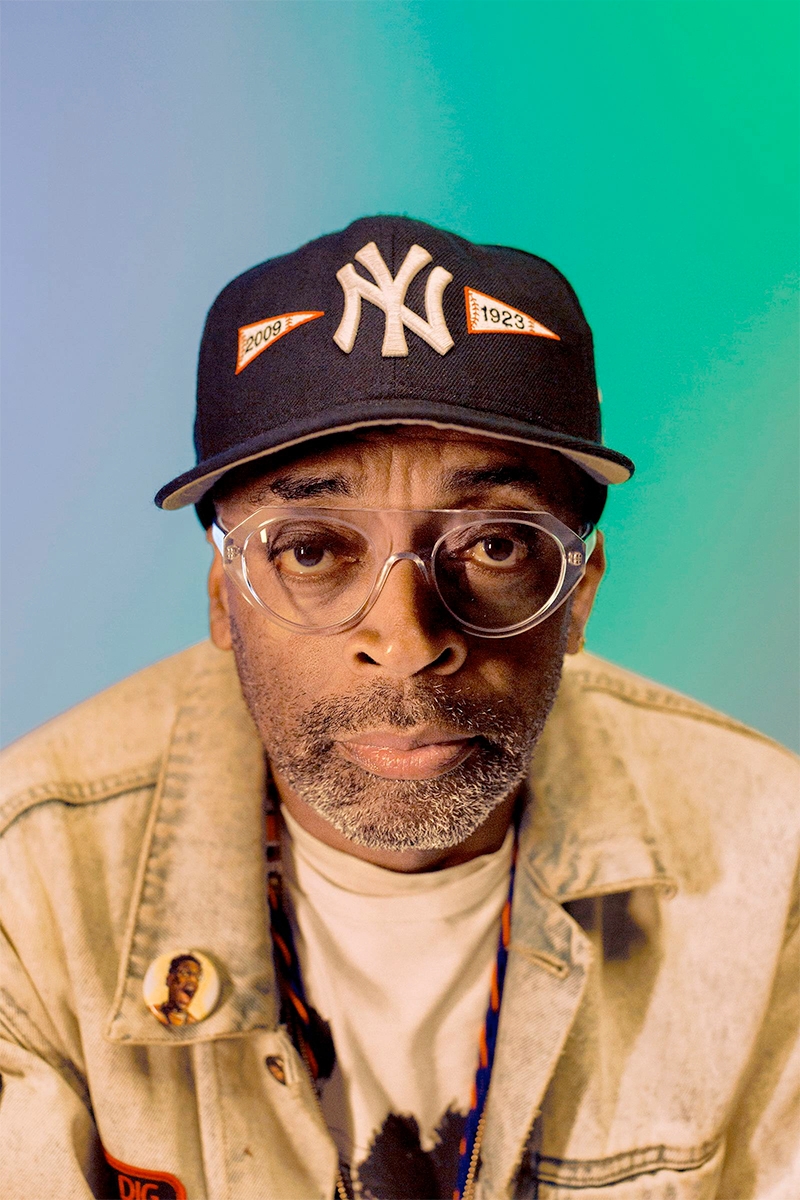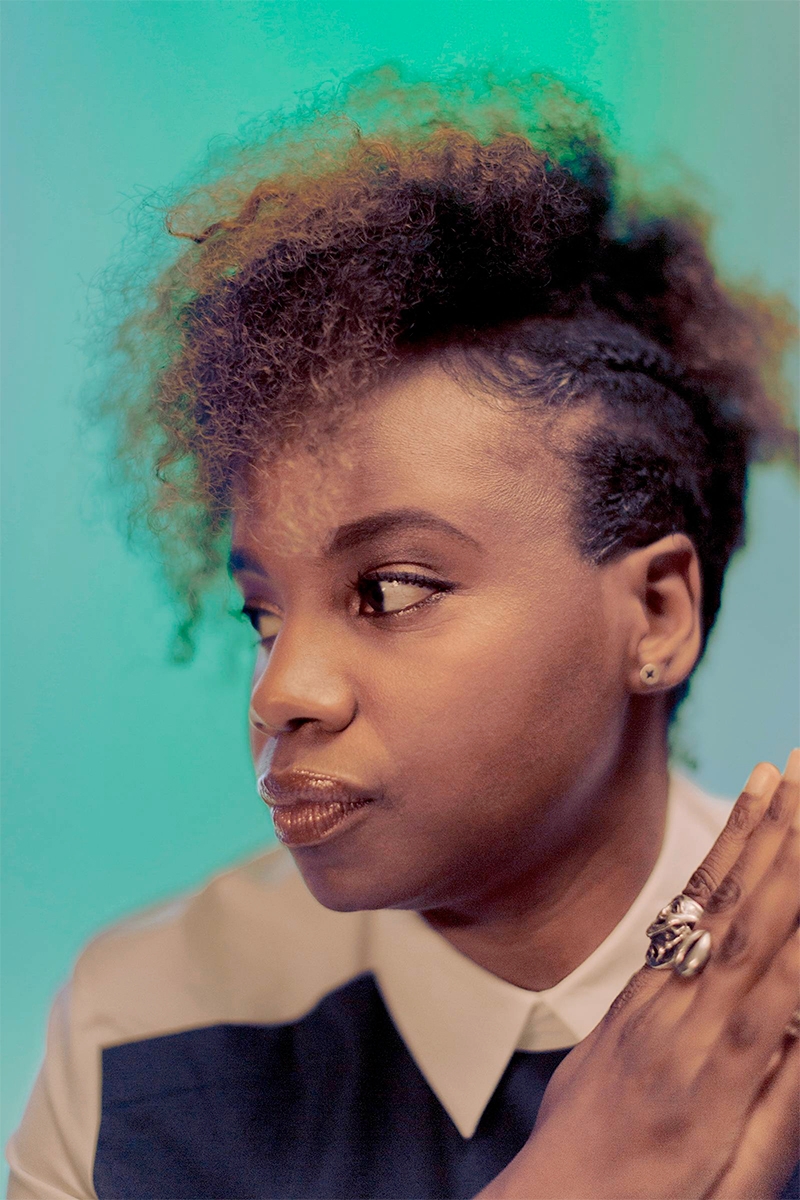Spike Lee and Dee Rees first met at New York University’s Tisch School of the Arts in 2005, where he is artistic director and she was a film student. Since then, Rees has become one of the most promising new voices in film with her debut, coming-of-age tale Pariah (2011), and Bessie (2015), an Emmy-winning TV movie about musical genius Bessie Smith. Lee, meanwhile, continued into a third decade of his prolific career with films like When the Levees Broke (2006) and Chi-Raq (2015). Now, in a reunion of sorts, both filmmakers have new projects debuting on Netflix. Rees’ buzzy drama Mudbound (Nov. 17) is an epic tale about the intersecting lives of two families, one black and one white, living on the same slice of Mississippi farmland in the 1940s. Lee’s new series, She’s Gotta Have It (Nov. 23), is a fresh, episodic take on his groundbreaking 1986 film of the same name. On a warm September afternoon, the pair returned to the school where they met–and where Lee still teaches–to discuss their new projects, how they met and what they’ve learned from each other.


TIME: Do you remember when you first met each other?
Rees: Spike teaches master classes at NYU, and it was my second year. Everybody was scrambling to sign up for the class. He’ll take on a couple students to be interns, and he was shooting Inside Man. At the end of the internship training period, there was a test: connect the film with the famous black director. I think I failed. But I got in anyway.
Lee: She was a hard worker. That’s one of the things that comes to me first–talent levels, but also people who have a work ethic. We’ve always had internships. It’s a big thing when people who want to be filmmakers get to go on a big set to see how things run.
Read more at Time Magazine